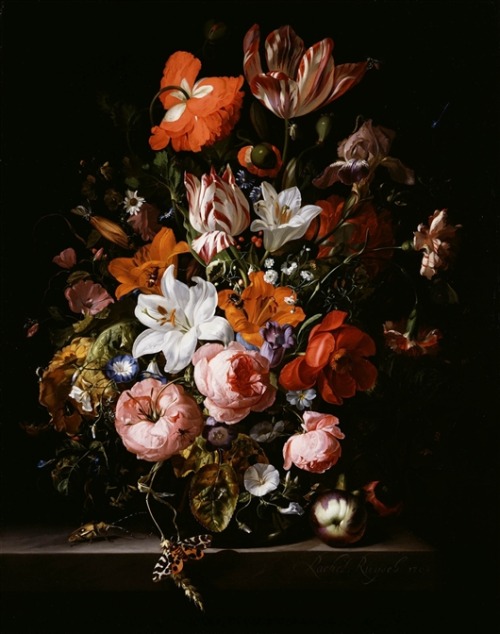
Judith Leyster: Self Portrait



Tintoretto: Susanna and the Elders

We have, more or less, as an audience become used to the idealized depiction of women. Often, particularly in classical styles, they were portrayed as lounging nudes who were there for the viewer’s pleasure. With averted eyes, they touched themselves sensually, typically innocent and oblivious that there is someone painting her for all to see. When they weren’t sexual-fantasies, they were servile and obedient – particularly in the 1940s and 1950s after the end of the strong women era of World War II. They wore their hair in perfect curls, with their dresses and worked happily away in their kitchens. Through both this artistic empowerment of women and the energized Feminist Movement, women became less objects for a viewer’s pleasure and instead independent characters.
Before 1900, women artists were incredibly few. In the Renaissance and Baroque periods a woman who became an artist was likely to be part of a family of artists, like Artemisia Gentileschi, daughter of painter Orazio Gentileschi, because that was the most likely way she could get a training otherwise closed to women
There is a link between the craft traditions of art and the dominance of men. Male critics who still, today, think it is clever to belittle women artists ignore the social history of painting and sculpture. These skilled arts were taught according to the guild system, and then through academies that started to appear in 16th-century Europe. They were subject to rigid social controls that imagined the relationship between master and apprentice, teacher and pupil, as one of father and son. It was only when the idea of well-crafted art was attacked by a variety of movements in the 20th century that women started to get a look-in.
No comments:
Post a Comment